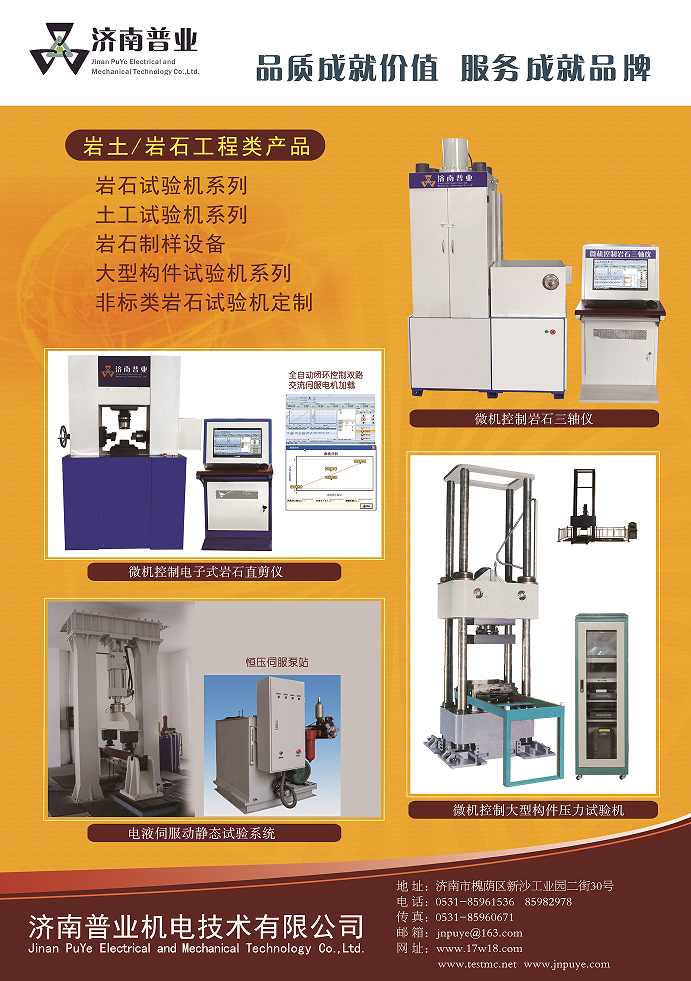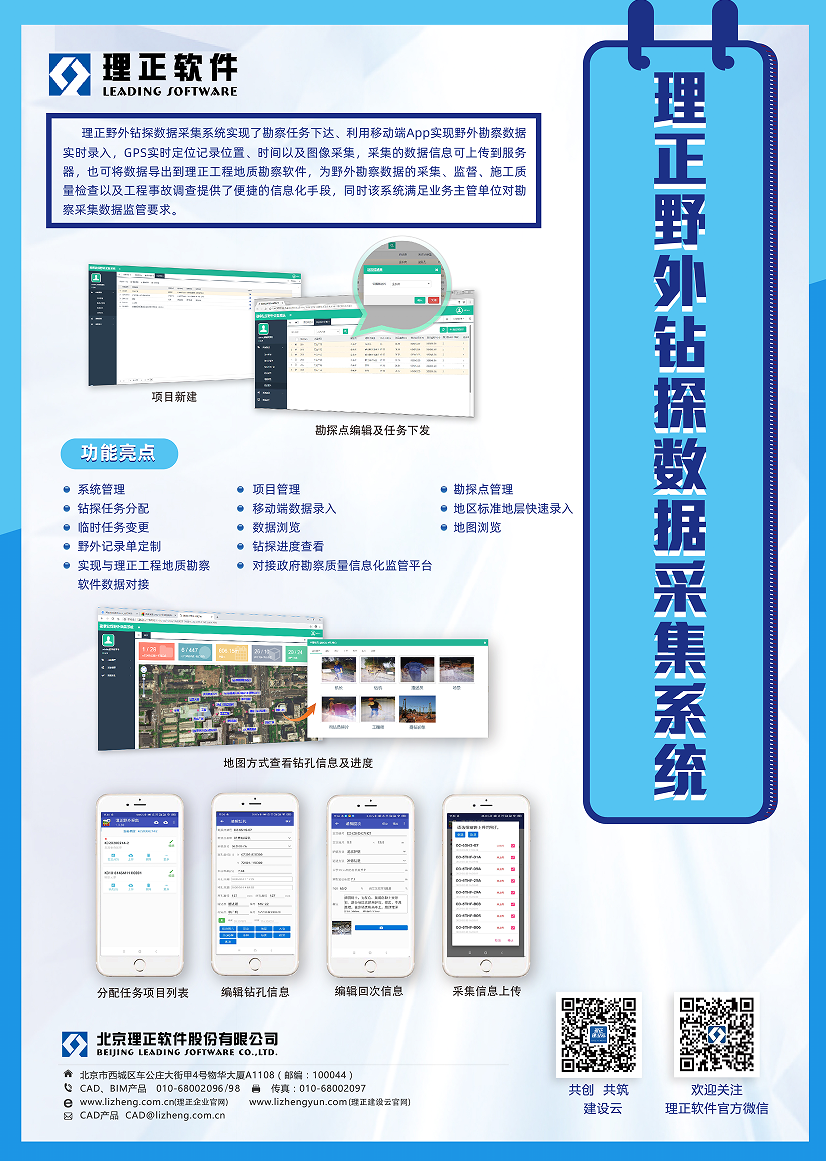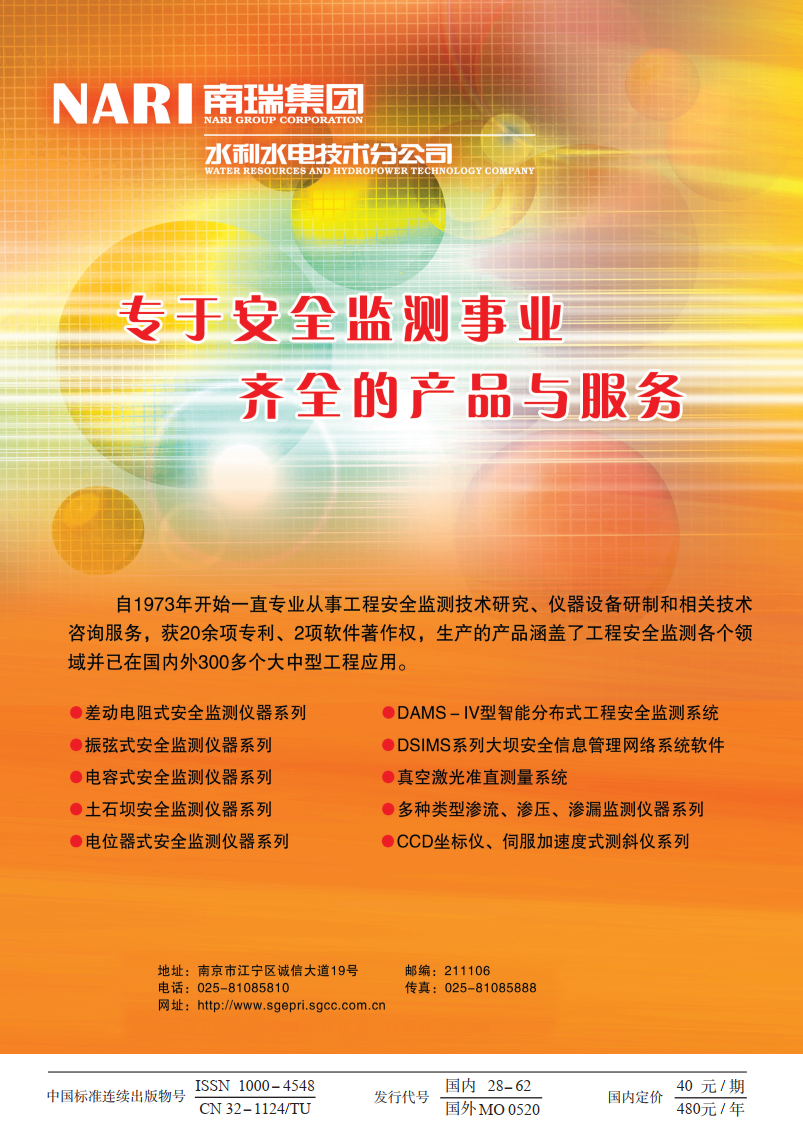| [1] |
VANAPALLI S K, FREDLUND D G, PUFAHL D E. The influence of soil structure and stress history on the soil-water characteristics of a compacted till[J]. Géotechnique, 1999, 49(2): 143-158.
|
| [2] |
BACHMANN J, VAN DER PLOEG R R. A review on recent developments in soil water retention theory: interfacial tension and temperature effects[J]. Journal of Plant Nutrition and Soil Science, 2002, 165(4): 468-478.
|
| [3] |
SPAANS E J A, BAKER J M. The soil freezing characteristic: its measurement and similarity to the soil moisture characteristic[J]. Science Society of America Journal, 1996, 60(1): 13-19.
|
| [4] |
KOOPMANS R W R, MILLER R D. Soil freezing and soil water characteristic curves[J]. Soil Science Society of America Proceedings, 1966, 30: 680-685.
|
| [5] |
BITTELLI M, FLURY M, CAMPBELL G S. A thermodielectric analyzer to measure the freezing and moisture characteristic of porous media[J]. Water Resources Research, 2003, 39(2): 1041.
|
| [6] |
FLERCHINGER G N, SEYFRIED M S, HARDEGREE S P. Using soil freezing characteristics to model multi-season soil water dynamics[J]. Vadose Zone Journal, 2006, 5(4): 1143-1153.
|
| [7] |
WEN Z, MA W, FENG W, et al. Experimental study on unfrozen water content and soil matric potential of Qinghai-Tibetan silty clay[J]. Environmental earth sciences, 2012, 66(5): 1467-1476.
|
| [8] |
DROTZ H H, TILSTON E L, SPARRMAN T, et al. Contributions of matric and osmotic potentials to the unfrozen water content of frozen soils[J]. Geoderma, 2009, 148(3/4): 392-398.
|
| [9] |
SUZUKI S. Dependence of unfrozen water content in unsaturated frozen clay soil on initial soil moisture content[J]. Soil Science and Plant Nutrition, 2004, 50(4): 603-606.
|
| [10] |
WATANABE K, FLURY M. Capillary bundle model of hydraulic conductivity for frozen soil[J]. Water Resources Research, 2008, 44(12): W12402.
|
| [11] |
BLACK P B, TICE A R. Comparison of soil freezing curve and soil water curve data for Windsor sandy loam[J]. Water Resources Research, 1989, 25(10): 2205-2210.
|
| [12] |
WEI C. A theoretical framework for modeling the chemomechanical behavior of unsaturated soils[J]. Vadose Zone Journal, 2014, 13(9): 1-21.
|
| [13] |
CAMPBELL G S. Soil water potential measurement: An overview[J]. Irrigation Science, 1988, 9(4): 265-273.
|
| [14] |
MADSEN H B, JENSEN C R, BOYSEN T. A comparison of the thermocouple psychrometer and the pressure plate methods for determination of soil water characteristic curves[J]. Journal of Soil Science, 1986, 37(3): 357-362.
|
| [15] |
AR泰斯, JL奥利丰特, 朱元林, 等. 用脉冲核磁共振法及物理解吸试验测定的冻土中冰和未冻水之间的关系 [J]. 冰川冻土, 1983, 5(2): 37-46. (TICE A R, OLIPHANT J L, ZHU Yuan-lin, et al. Relationship between the ice and unfrozen water phases in frozen soils as determined by pulsed nuclear resonanceand physical desorption data[J]. Journal of Glaciology and Geocryology, 1983, 5(2): 37-46. (in Chinese))
|
| [16] |
LIU Z, ZHANG B, YU X, et al. A new freezing method for soil water characteristic curve measurement[C]// Proceedings of the Transportation Research Board 90th Annual Meeting. Washington DC: 2011.
|
| [17] |
NITAO J J, BEAR J. Potentials and their role in transport in porous media [J]. Water Resources Research, 1996, 32(2): 225-250.
|
| [18] |
ISRAELACHVILI J N. Intermolecular and surface forces[M]. Burlington: Academic Press, 2010.
|
| [19] |
TULLER M, OR D. Water films and scaling of soil characteristic curves at low water contents[J]. Water Resources Research, 2005, 41(9): W09403.
|








 下载:
下载:
